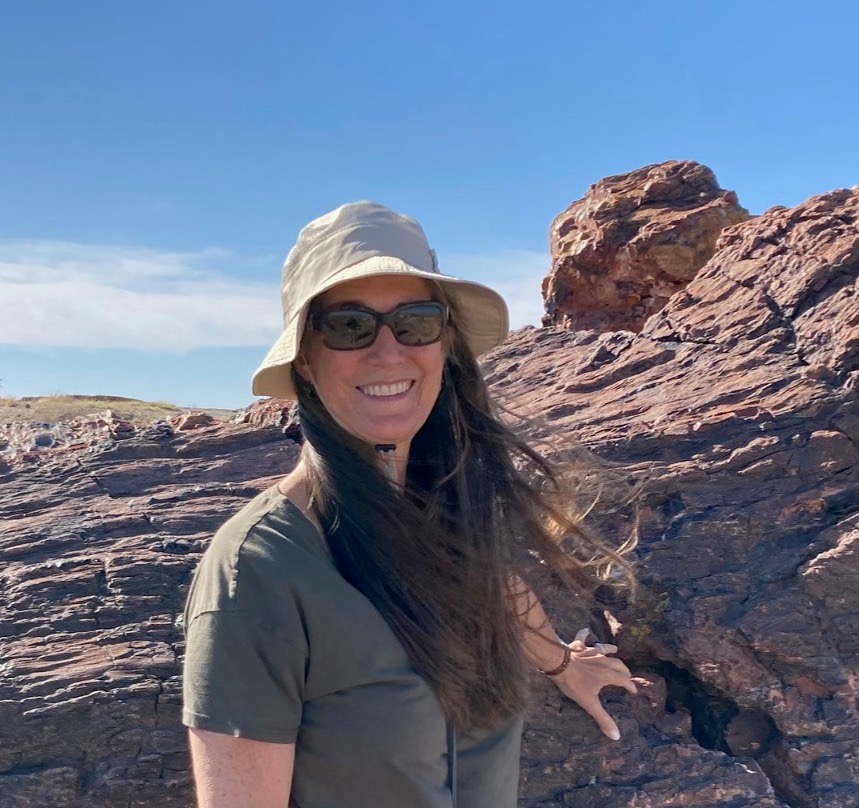Bad Lasagna
- Linda Marie
- Nov 3, 2021
- 3 min read
Updated: Nov 4, 2021

We each have unique ways of coping with the unfamiliar. The German language is somewhat familiar to me; that is to say that when I see it written, or hear it spoken, I have a frame of reference. I am able to assign meaning to what I see and hear. Ron has no such familiarity. Ron's foreign language is French. This was incredibly helpful when we lived in Paris, but not so much so in Germany. Second languages are stored in a different part of the brain from our our native language. This is why Ron often responds in French when asked a question in German.
Ron has adapted to his language barrier by "Englishizing" the German he sees. He has renamed our street, our grocery stores, the trolley stops, and the names of the little towns we have visited. It is not always easy for me to understand his explanation of what he sees and where he has been when he goes exploring without me. It was several weeks into the trip when I realized he was misreading the German double "S" called eszett, and written ß. The eszett is a very common letter one sees when out walking. It is often present in store windows, and always on street signs, as the word for "Street" is “Straße”. Ron thought the eszett was a "B" so when he was talking to me using his English words for the German he was reading, he wasn't always easy to understand.

Ron suggested we ride to "Bad Lasagna". We could take a train to "Mule House", and follow the Unstrut River on the Unstrutradweg. Ron had studied the map carefully. He did not want a repeat of "Lost". We both agreed that following a river path would be better, since if we lost the path, we could still follow the river. Plus, the ride was in a part of Germany we had not yet explored. What could go wrong?
Absolutely nothing went wrong. It was a fantastic ride, one of the best of the trip. And Ron was a wonderful guide. When we got to Mule House (Mühlhausen) he knew not to head to Dingleberry (Dinglestädt) when the trail splits, "stay right to Bad Lasagna!".
We rode through a little village with an enormous old church. Ron suggested we go inside. I was surprised at this suggestion, as most of the old parish churches had been closed - how had Ron known the church was open? Then I saw the sign "Offene Church". This was the first time I had seen an "open sign" using the present tense for open. Usually, stores signs used the "geöffnet" (we have opened) which Ron always thought meant they had internet. I commented that his German recognition was really improving; he didn't know what I was talking about, he just noticed that someone left the door unlocked.

And so we explored the Kirche St. Martin in Görmar, built in 1252.
The ride followed the river through mostly agricultural terrain. The tall corn stalks were being cut down, and the ground plowed. Cattle and sheep continued their mindless grazing, occasionally lifting a head to watch us ride by.
The path was paved, well marked, and almost entirely flat, so we could really enjoy the ride.
Just outside of "Bad Lasagna" we came upon what looked like a battle field. There were a series of five markers that told the story of a historic battle that took place here between the the Austrian Empire and the kingdom of Prussia, during the seven weeks of the Deutscher Bruderkrieg in 1866. It was not hard to grasp the meaning of "Bruderkrieg": brother's war. I couldn't help but call to mind images of America's civil war, and present-day battlefield memorials, marking the ground where brothers killed brothers.

Too soon, we were at the train station. What a beautiful day. Well done, Ron!

Bike Talk
Radweg #12
Mühlhausen to Bad Langensalza on the Unstrutradweg
Miles: 19.25
Kilometers: 30.9
Average Speed: 7.8 mph
Top Speed: 20.5 mph
Number of times lost: 0



































Comments